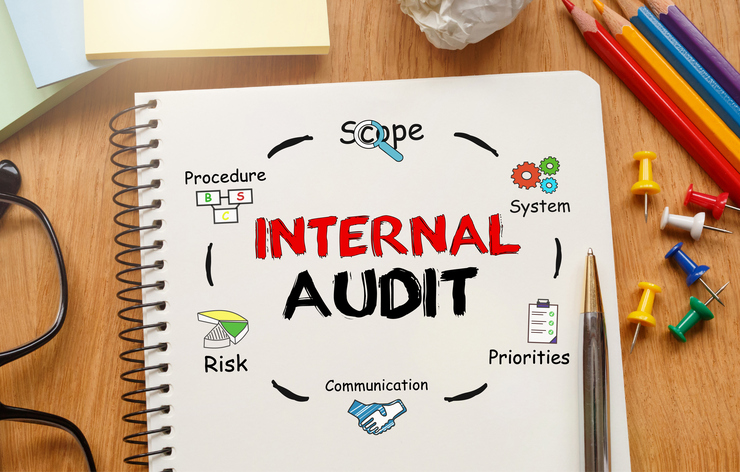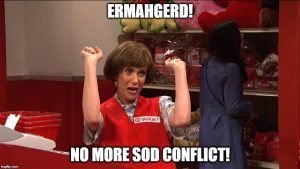
Today’s Morning Buzz is by Emily E. Kidd, Internal Auditor for the City of Reno, Nevada. Connect with her on LinkedIn and Twitter @emilyekidd
Reading: No Cure for Being Human: And Other Truths I Need to Hear by Kate Bowler
Watching: Holiday Baking Championship
Listening to: The Drop Out: Elizabeth Holmes on Trial
As the only internal auditor at the City of Reno, I don’t get a lot of lunch invitations from other employees here at City Hall. There was that one time, four years into my tenure when I was invited for drinks after work, I did not attend. The position auditors hold in government work is often perceived as the snitch, the tattler. Yes, reporting noncompliance in the organization is a main work product geared towards greater effectiveness and efficiencies of internal processes. Yes, personal accountability is a key component of that equation. When that accountability hits a department manager, for example, their reaction can be less than friendly.

It can be a thankless, lonely job to ask difficult questions and deliver unpleasant audit recommendations. As the City’s Internal Auditor, my passions include compliance, internal controls, and transparency. As the importance of transparency in government is seemingly on the rise at the federal level, this is trickling down to us locals. Transparent audit reports with operational suggestions can be prickly for a manager, shining a light on inefficiencies within their span of control. That is the important work we do and it doesn’t end with the report, follow-up is required.
Consistent, iterative follow-ups to audits are a key component of audit work. The Institute of Internal Auditors’ Standards for the Professional Practice of Internal Auditing requires a follow-up of formal audit recommendations to “monitor and ensure that management actions have been effectively implemented or that senior management has accepted the risk of not taking action.” Those follow-ups, conducted every six months by my office, track the status of the recommendations in perpetuity, until they are implemented or management has accepted the risk of inaction. Recently, I reviewed my notes of a conversation I had with management regarding a third audit follow-up without fully-implemented recommendations and they were concerned of the “political risk” in continuing to transparently report the implementation status. That comment was a new one for me, and yes follow-up did occur as scheduled. With an elected governing body, politics are part of the structure of our organizations. With this structure, audit findings can either be innovative and informative, which can be political, or they can be unimportant. I know which I’ll choose.
Another component adding to the isolation of the auditor is the organizational chart. Auditors are uniquely situated in the government to provide an objective and independent assessment of programs and processes across the organization. Our ability to observe and tie-in operations that wouldn’t necessarily be aware of the others’ processes allows us to see the gaps in the organization and find efficiencies throughout. This occurs only when the org chart has the audit function hovering independently off to the side, reporting directly to the top of the executive management team. With this structure, the auditor is free from undue pressure from departments with a vested interest in keeping their processes out of the audit reports. Our org chart here at Reno has the audit function well situated. Now, time to scale the division, hire more auditors, and schedule that lunch out together.
City of Reno, Internal Audit Division’s Mission: To provide the City of Reno with an independent appraisal function designed to assist the Reno City Council, residents, and City management in establishing accountability, transparency, and a culture of continuous improvement in City operations.

